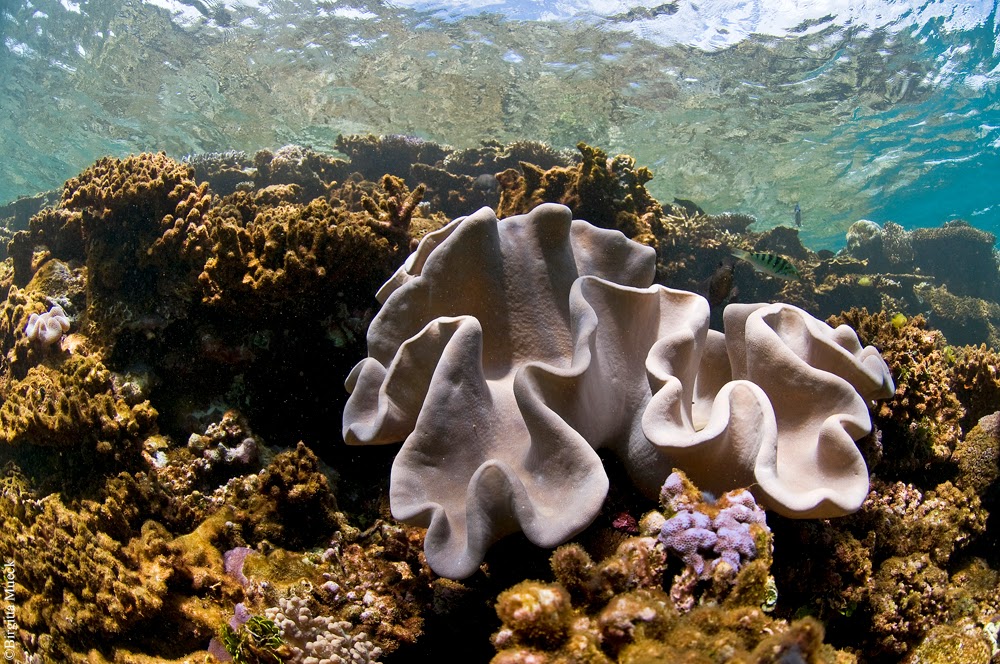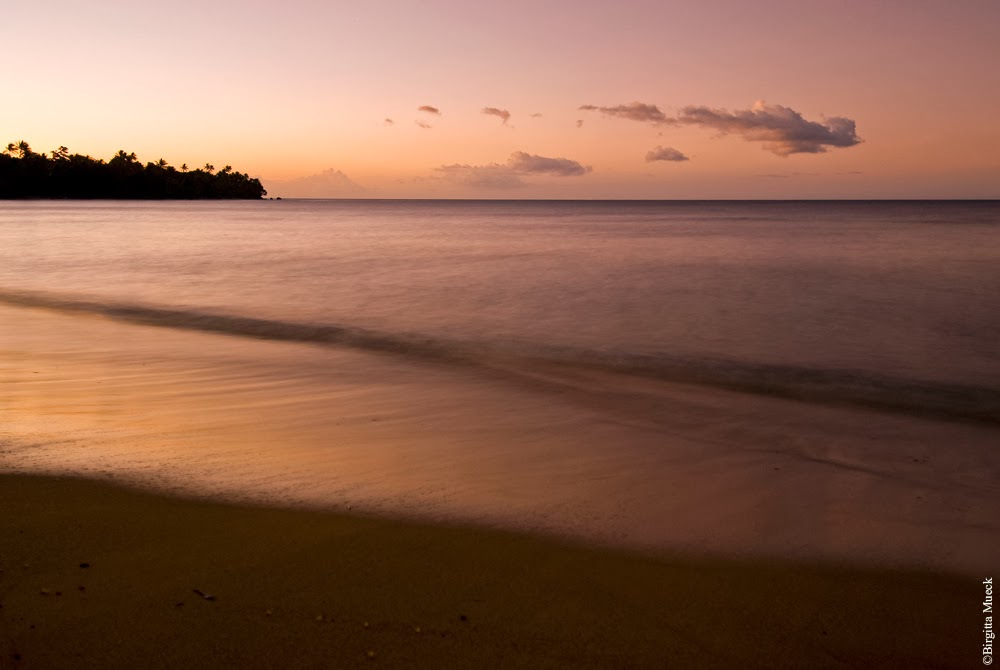.
New Caledonia, South Pacific 11/3-2014
After exactly three months in the South Pacific, I am heading back to northern latitudes...
In New Caledonia, I have happily spent plenty time in both lagoon and mangrove, inclusive getting two new addictions; kitesurfing and SUP-paddling :)
Now, it is time to continue the diving in cold waters again and I´m looking forward to new exiting encounters with the deep sea creatures living in our Scandinavian waters...
However, before posting cold water images on the blog, I want to share one more blogpost from the southern hemisphere. This time with pics from one of my favourite places...
.
Join me to a small deserted island, located just a short distance from the impressive New Caledonian Barrier Reef.
Hey wait a bit, did I say deserted island??
.
In close proximity to both lagoon and deeper waters, this little island becomes an oasis for many interesting creatures...
At this spot I have got plenty curious encounters wich I will never forget. L
et me introduce the locals of this wonderful place!! ;)
.
Though, even if human activity is far away, this place might not be so silent...
This deserted island is in fact a very vivid one! :)
.
I´m totally surrounded by huge amounts of sea birds of many different species.
The Greater Crested Terns (
Thalasseus bergii) are very energic birds and provide a loud "soundtrack" to the entire area.
.
A much calmer companion is Fou Brun (french), or Brown Booby (Sula leucogaster) in English.
Actually, the reason why I´ve been chosen to lie here in this hot, stinky sand, and under the strong scorching sun, is nothing else than the Brown Booby... ;)
.
The surrounding has a strong bird smell... And in addition to my already sand and sea-salt filled clothing, the black rashguard I´m wearing starts to get an even whiter look and increased smell...
Indeed, this is a good sign for realizing you are in a sea bird paradise! :)
.
Equipped with camera, tele lens and tripod, I´m lying on the ground watching my neighbourhood. It doesn´t take long before I start to get many curious eyes on me from both young and elder bird individuals.
.
I do not think that my new friends have human company often, and so it is not strange if they might be a little hesitant about who I am.
Though, with my calm behaviour and low posture they start to accept me quickly.
.
The Brown Booby eats mainly small fishes and squids
and catch their food by plunging into the sea.
The birds search for their prey at about 10 to 12 meters height above the water before angling the body in such a way that it can enter the water as smoothly as possible.
Depending on their altitude prior to diving, they are able to submerge themselves up to 2 meters deep. If neccesary, they are even able to pursue their prey underwater using a combination of feet and wing motions.
Something that is highly conspicuous when I see these graceful birds is their varying colour on both face and legs...
While females are light yellow on feet and beak...

.
... the males have a slightly stronger blueish "makeup"!!
.
Their breeding season is dependent upon food availability, but most common is that they breed between December to March (peak season).
peak breeding months are December to February
.
When you live on a small Pacific island it is always nice to get some height to improve the ocean view...
... some prefer a more solid basis for the choice of their second floor...
... while others are fortunate to get an entire coconut for themselves!!
Your
own coconut on a deserted Pacific island with the very best view over the Coral Sea... What more could you ask for?! :)
Although the birds prove to be relaxed in my company I do not want to disturb them more...
The sun is getting even stronger and I feel tempted to get back in the water again. Slowly, I start to pack my camera gear and put it all back in the drybag. A short swim thereafter I´m back in the boat which is anchored some distance away from the island.
Time to say goodbye to my featherd friends; -Thanks alot for your great hospitality and hope to see you again! :)
Soon on the blog:
Believe it or not, but the tour goes to the other side of the world..! ;)
With other words I´m back in Scandinavia again! Dives in the deep fjords of Norway are waiting ahead now... Who knows what I will meet at the depths this time?
Much colder environments are promised in the next blogpost...
..... :) .....














































































